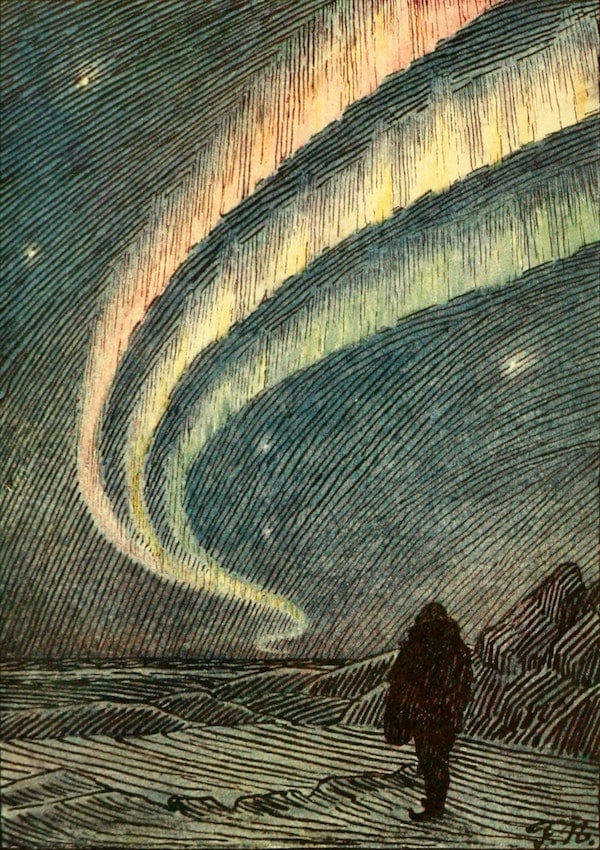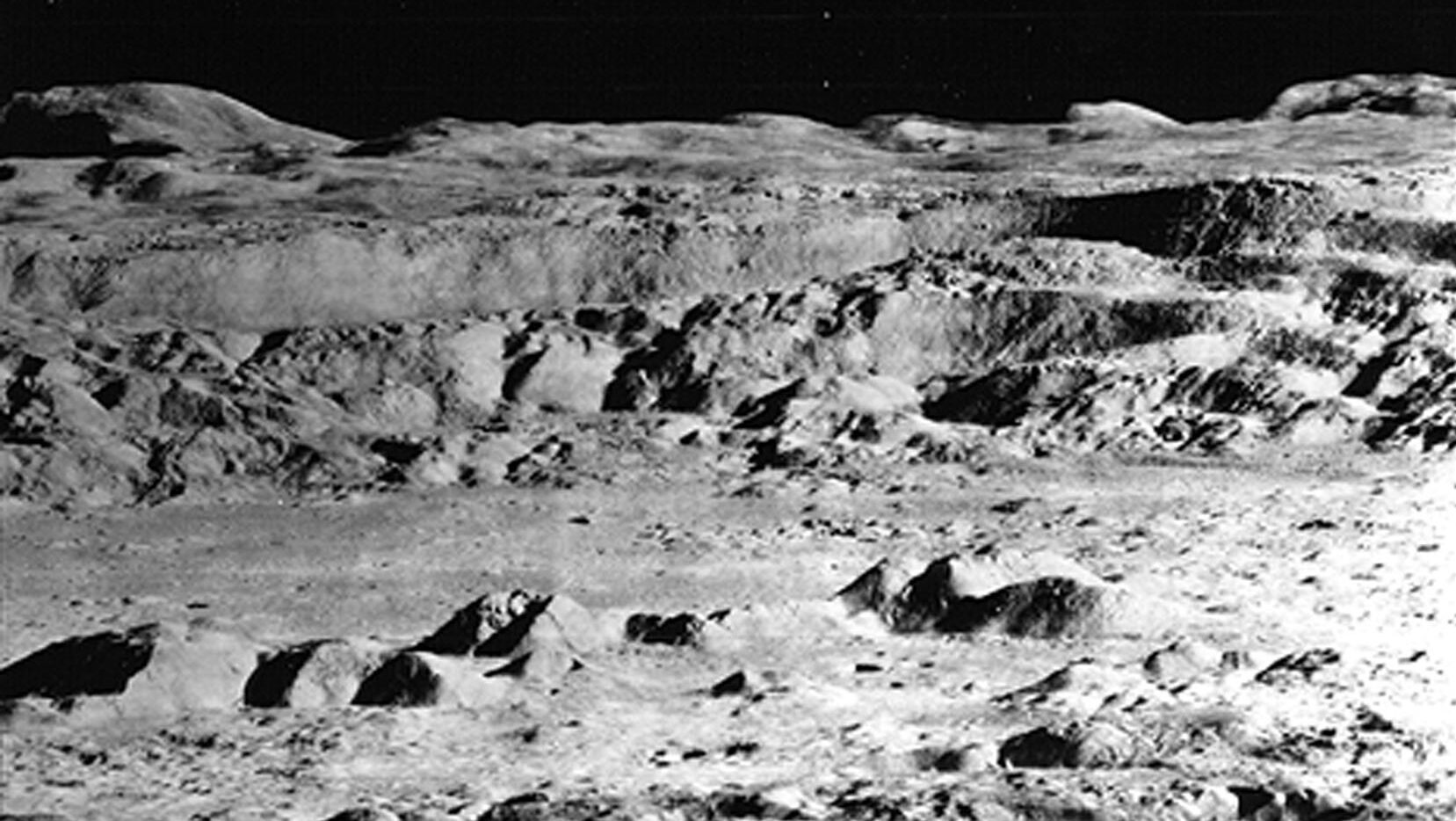An idea worth pursuing I guess. My first question: in case this gets forgotten about in the distant future, how could it be marked so there’s a good chance of being found?
(Link to the AIBS journal article which inspired the question: https://academic.oup.com/bioscience/advance-article/doi/10.1093/biosci/biae058/7715645?login=false )



On the dark side it would probably be easier to shield it long term, provided it didn’t get hit by space poop.
The moon has no permanent “dark side”. Which half of the moon is in the shade gradually changes over the course of the lunar month. The only permanently shaded regions are deep craters at the poles, and even then there would still be radiation from cosmic sources other than the sun.
Or said another way, “dark side” means “side facing away from Earth,” not “side that doesn’t get sunlight.”
That sounds like “far side” not “dark side”. I would expect a dark side to be, y’know, dark.
It’s dark in terms of radio contact from Earth.
Space poop didn’t put it over the top huh? I must be losing my touch.